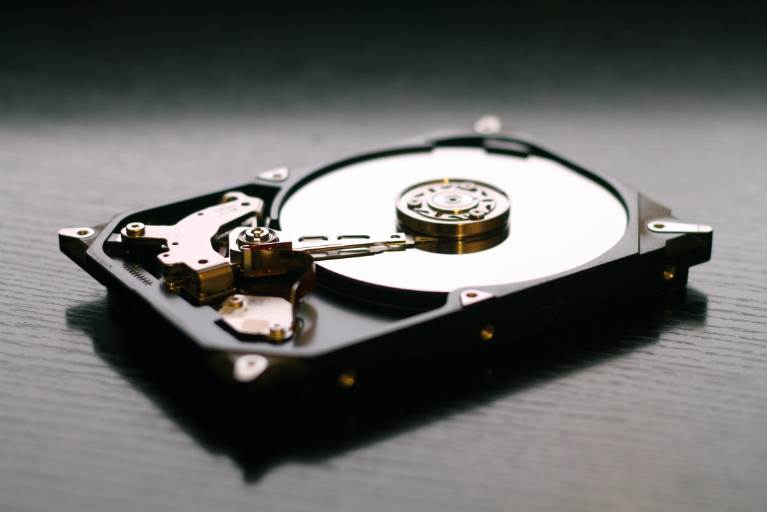When preparing a new logical hard drive for use, a format command enables it to accept an operating system, user data, and various apps and programs. Initiating this process will erase all of the bookkeeping data on the drive, test it to ensure you have reliable sectors, and mark adverse information it encounters. Then it will create internal address tables which are necessary to locate future information that you save. Without these steps, a hard drive is not usable in most situations.
If you accidentally initiate the format command, then you do not purge the actual data in storage. You are eliminating the address tables which allow the hard drive to locate the information you want. Instead of hiring a data recovery company to retrieve this “lost” information, you can follow this guide or the following steps to do the work at home.
1. Stop saving new files to your hard drive.
If you have files or folders that you want to recover from a newly formatted hard drive, then it is imperative that you stop copying new data to it. You must avoid tasks like repartitioning or reformatting to ensure it is possible to recover files from a formatted hard drive.
2. Install a data recovery wizard.
A hard drive recovery starts with a wizard. There are several programs available, but if you download Disk Drill for Windows, you can have the job finished in just a few minutes. It offers an advanced filtering option which makes it much easier to initiate a reliable mechanism that starts the hard drive data recovery process.
3. Scan your hard drive for the delete files.
Data recovery wizards are unable to scan specific locations on your hard drive since the tables are missing after running the format command. You will need to wait for a complete scan of the drive’s surface to locate the files and folders you want to recover. It is essential to remember that data can corrupt during formatting, so there a small risk that your data is unrecoverable.
4. Initiate a deep scan of your hard drive (optional).
There are times when some files can get pushed out of the file allocation tables, making it difficult for most recovery wizards to locate the data you want. If you have Disk Drill, then you can scan the surface of your hard drive byte-by-byte to reconstruct file types. This step can be lengthy, but it is also an effective way to ensure that a newly formatted HDD won’t hold you back from the information you need.
5. Recover your files to a secure location.
Instead of trying to save the files back to your newly formatted hard drive, it helps to have a separate location to store them. After you complete the scan, browse the data that Disk Drill for Windows finds to see which items you wish to recover. Use the filters provided with the recovery wizard to find what you need, and then verify that the data is recoverable. Then choose what you want, save the information to a USB or portable hard drive, and then proceed with your recovery efforts.
Anyone Can Recover Data from a Hard Drive
If you follow these steps, then anyone can recover formatted hard drive information that they thought was lost. It may take some time for the scanning process to complete with your system, so be patient as you progress along this process. Although there is a small chance that some files or folders will be unrecoverable, most are available for transfer.
Now you can recover your hard drive information in just minutes!








